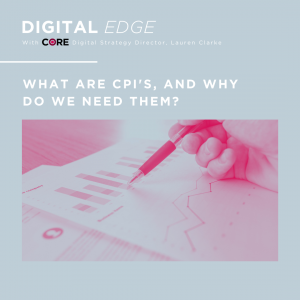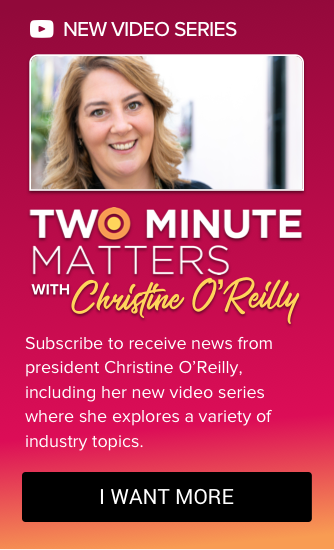There is no such thing as good strategy without an insight.
Lately I’ve been seeing project briefs that go like this: Background, challenge (you know, like what’s going wrong that could be going better), objective (are we looking to raise awareness or change perceptions), audience, spec, budget.
But actually, the most crucial part of any brief is the insight that unlocks it. All planning should be insight led planning.
An insight is an accurate and deep understanding of someone of something. It’s a way of seeing a situation in a new light. It’s the truth that sheds light on a problem.
Think of it like this, you’ve got your current state / what does your target audience think right now - and then you’ve got an end state, what do we want them to think or do, possibly different to what they’re currently doing.
Well, this just doesn’t happen because you create content, or launch a campaign. There must be a catalyst that will change their mind, so what is that unspoken truth that can create that catalyst?
Because in order to effectively engage people, you need to be curious about what makes them act and think the way they do.
It’s the why behind the what…
The truth behind a fact.
The explanation behind the data.
The reason behind the behaviour.
| Here’s what they aren’t | Here’s what they are |
|---|---|
| Data | Behind the data |
| The strategy | the springboard |
| The idea | the fuel in the idea |
| A fact | Behind the fact |
| What | Why |
| Long | Short |
| Everything | Something |
| Irrelevant | Relevant |
| Vague | Specific |
So where do you find them?
You can find them in culture and society, what’s going on in the wider world that influences a situation. You can find them in cultural shifts or trends.
You can find them in a category; what are your competitors doing? What changes are forcing their hand? What shifts are changing the industry?
You can find them in people lives, what’s going on their world?
You can find them by looking at a cause over symptom…
Looking at the opposites of clichés.
Following an observation with a but.
Reframing an understanding of a situation.
Shattering common knowledge.
Here’s a silly example. Man buns make guys look unique and cool, but actually it makes them easy to group and categorize.
How might you use this insight to rethink what is unique or cool? How might you use it to debunk the very nature of what makes something cool? How might you use it to market a hair salon?
The point is that’s made you see a situation in a new light or see something differently.
So next time you’re looking to launch a new campaign, or create new content, or evolve a strategy - ask yourself is there an insight behind the curtains?
Have people heard it before?
Does it help people to see things differently?
Does it feel thought provoking?
You may also be interested in:
To be customer centric you need CPIs
How do you know you’re giving your customers what they truly need? Are you measuring it? What systems do you currently have in place that will give you real insight into what they are experiencing?
Creating high-value content
Look at your brand messages and the content you’re considering creating and identify its strengths, weaknesses, and ensure there is alignment between what you want to say, and what your customer needs.
Understanding your customers lies in the principles of personalization
Since reps have been spending less time traveling and seeing HCPs, they should have more capacity to pursue value-added opportunities. This includes collecting insights on physicians’ unmet needs and administering these insights back into CRM systems.




